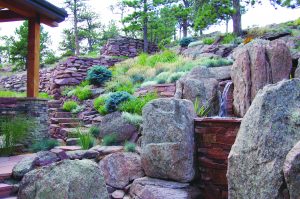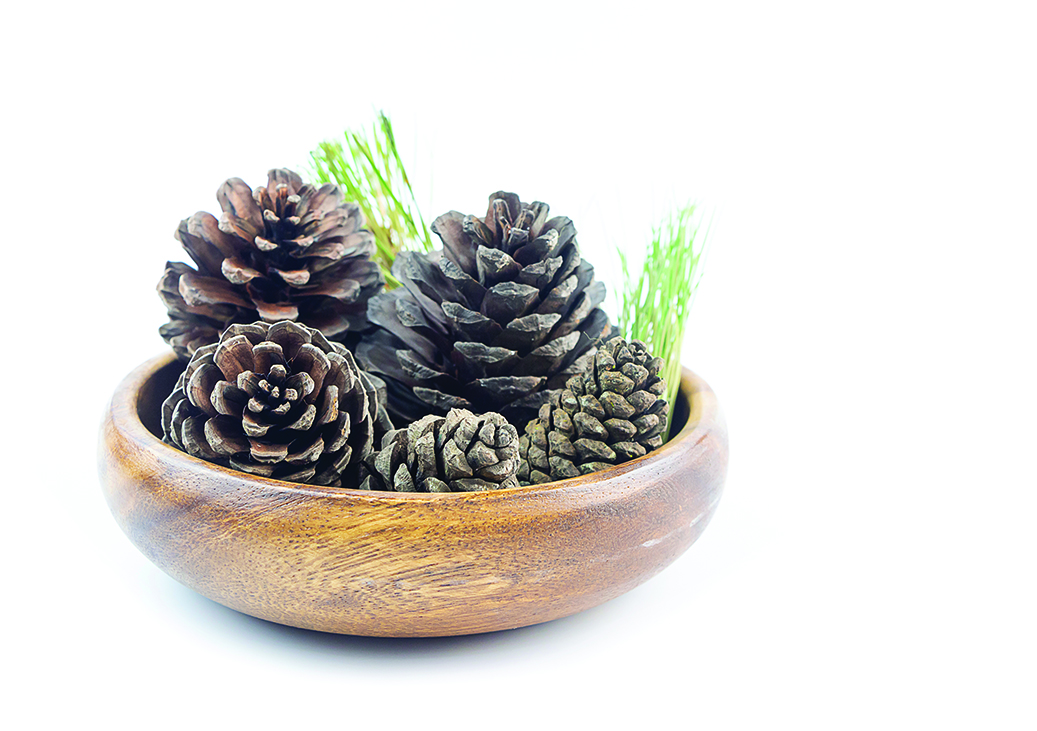A Rock-Solid Garden
13 Oct 2020
Nature and boulders inspired this garden’s rugged beauty
Story By Carol Brock Photos by Paul Hartmann/Changing Landscapes
When Rob Lee moved here from California 15 years ago, he heard the rocks calling his name. As a climber and avid outdoorsman, Lee knew Boulder was a natural fit for him. So it’s not surprising he felt the rocks speak to him when he purchased a boulder-strewn lot in Pine Brook Hills in 2005. “I enjoy looking at rocks and climbing on them at the same time,” says Lee, who was immediately drawn to his property’s abundance of natural boulders and rock formations. After his home was finished in 2008, Lee tackled the landscaping a few years later.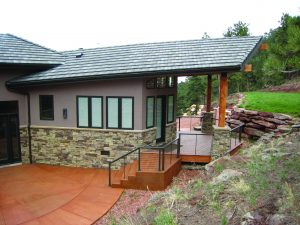
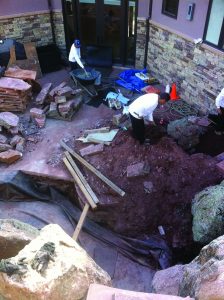

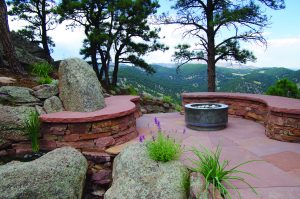
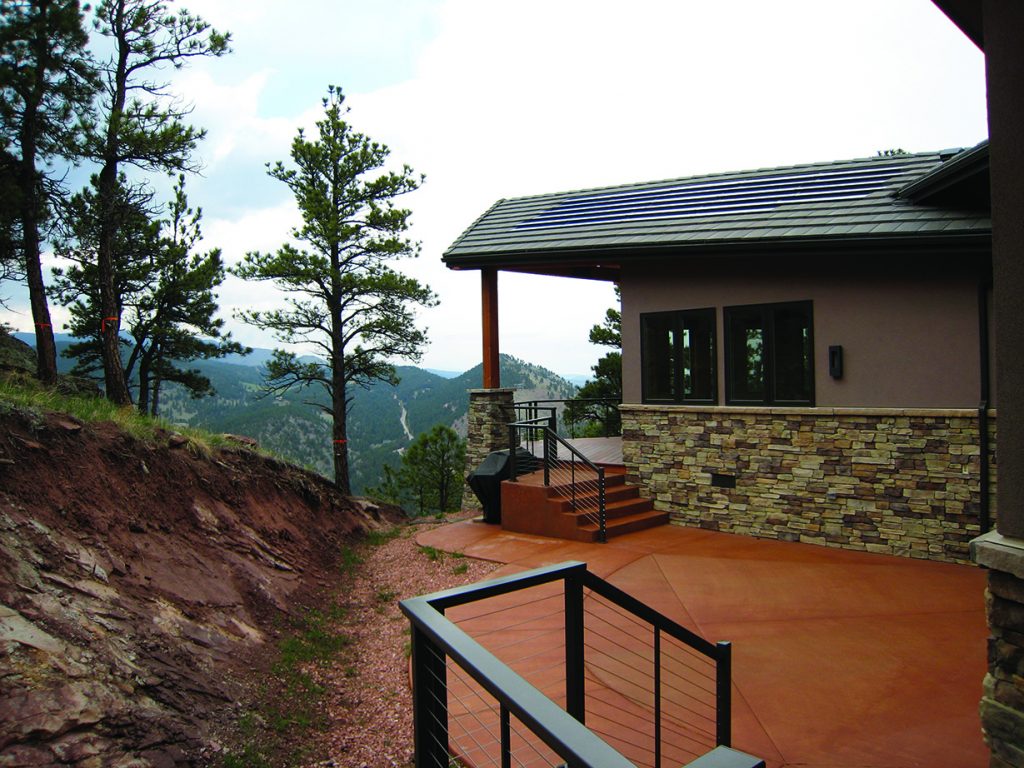
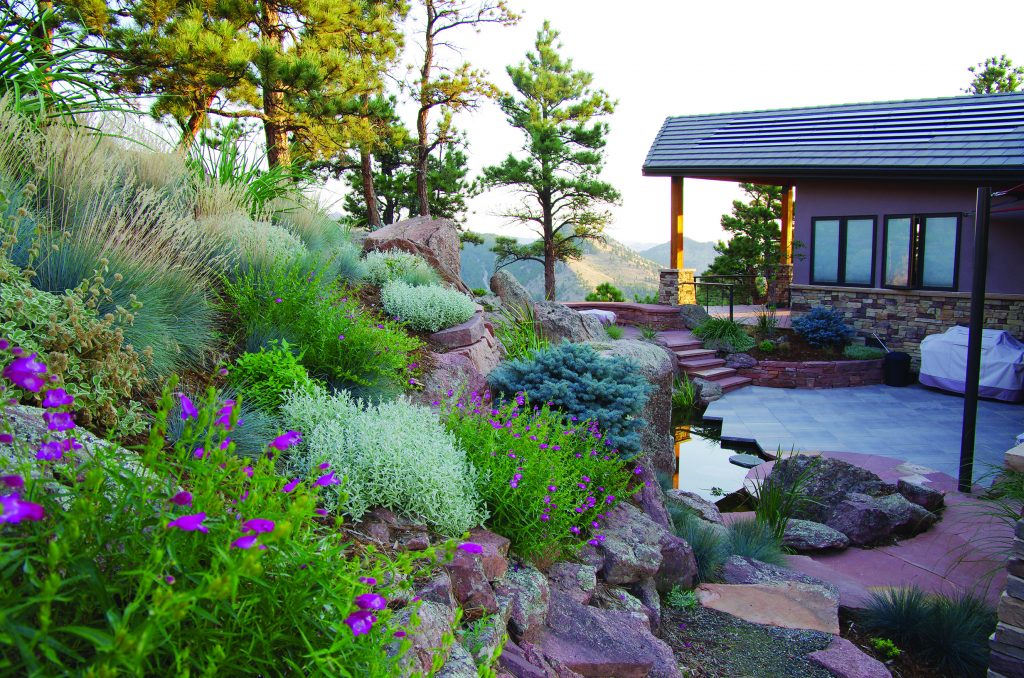
Bears & Frogs–Oh My!
Lee’s “pseudo-Zen garden” gives him a sense of peace, he says. “It composes rocks and water and plants together in a way that feels calming.”